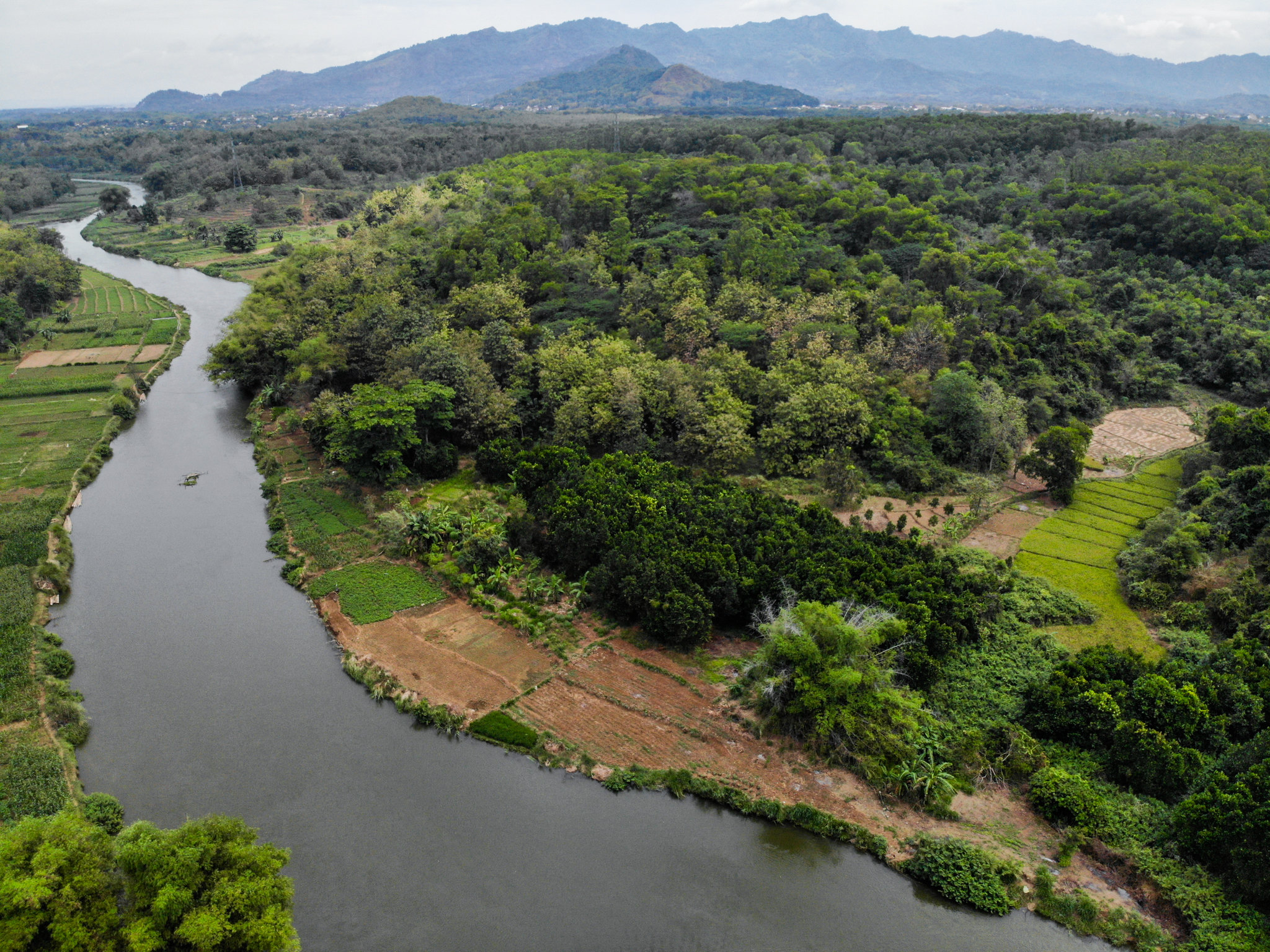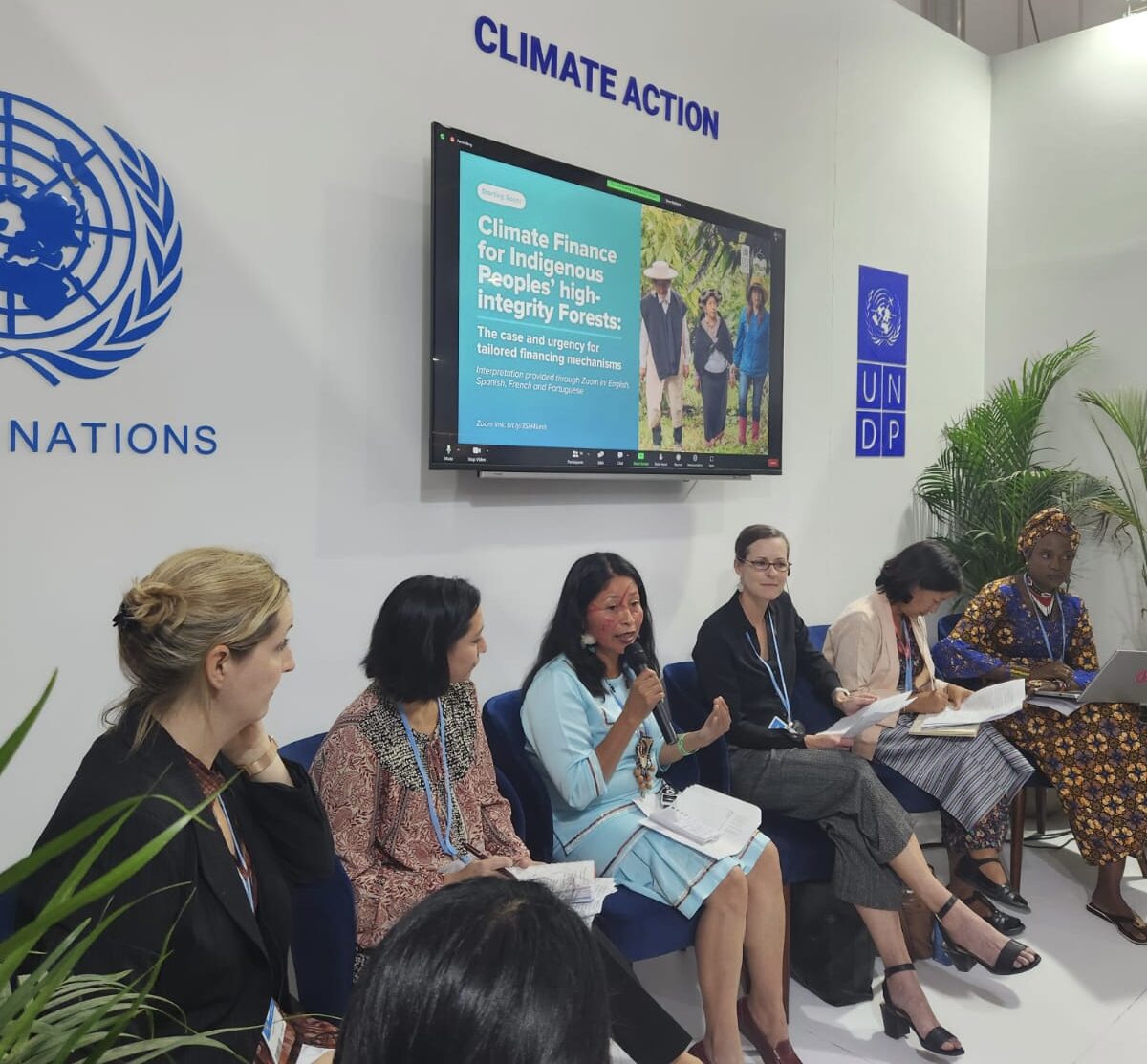While recent pledges have moved the needle forward in mobilizing forest finance for the Congo Basin, overall investment to protect the world’s second largest rainforest remains insufficient. Last week’s One Forest Summit in Libreville, co-hosted by Gabon and France, presented an important opportunity to discuss finance for forests, including – among several key topics – emerging, innovative forest finance mechanisms.
The summit brought together leaders from governments, the private sector, civil society, and beyond to promote solidarity between the three major forest basins – the Amazon, the Congo basin, and South East Asian forests – and to address environmental, climate, labor, and economic issues related to forest protection. Here is what you should know about outcomes of and forest-finance context surrounding the One Forest Summit:
- Reiterated time and time again by speakers throughout the One Forest Summit, global and regional forest finance is lacking. The global finance needed to achieve forest goals is estimated at USD 460 billion. Forest goals globally, including in the Congo Basin, are currently underfinanced by both governments and the private sector, only receiving a fraction of this amount. While there is no estimate of the finance specifically needed for the Congo Basin, it is certain that the protection and sustainable use of the region’s forests will require a significant portion of that investment (as noted by the Forest Declaration Assessment’s 2022 Regional Report).
- Emerging forest finance mechanisms are attempting to bridge the funding gap for forests – but there are major costs and challenges to getting them operational. Many of these new finance mechanisms – which are at early stages of development and face regulatory and institutional roadblocks to their implementation –were discussed at the summit’s ‘Leveraging innovative finance mechanisms for nature’ panel hosted by NatureFinance.
- Key developments surrounding forest finance – primarily the Libreville Plan – came out of last week’s summit. The “Libreville Plan,” debuted a EUR 100 million investment in Positive Conservation Partnerships (PCP) and a mechanism for compensating exemplary forested countries through biodiversity certificates. Additionally, Global Environment Facility (GEF) and the International Institute for Environment and Development (IIED) released a report titled Innovative Finance for Nature and People. The report contains key finance recommendations that informed the Libreville Plan.
One Forest Summit highlights need - and complexity - of scaling forest finance
Concluding last week, the One Forest Summit in Gabon detailed the need to mobilize private financing to fill forest finance gaps and called for the private sector to act as leaders. As Simo Kilepa – Papua New Guinea’s environment minister – pointed out, forest finance “has not materialized at the necessary scale,” and the world “need[s] to be able to generate revenue from the protection of wild forests.”
Both private and public finance have a crucial role to play in this protection of vital forest ecosystems. Several kinds of emerging finance mechanisms attempt to rethink compensation for forest and ecosystem preservation in hopes of reaching 2030 forest goals. Many new, innovative finance instruments remain in the piloting phase. Emerging finance mechanisms to protect the world’s forests include debt-for-nature swaps, forest performance bonds, payments for ecosystem services, biodiversity certificates, and non-compensatory climate credits.
“We need to be able to generate revenue from the protection of wild forests.”
Simo Kilepa, environment minister of Papua New Guinea
Forest finance mechanisms like these were discussed in a March 1 expert panel titled ‘Leveraging innovative finance mechanisms for nature’ hosted by NatureFinance. The panel covered innovative ways to measure nature to be integrated into financial decision making; improve the alignment between finance and nature positive outcomes; and facilitate new governance to protect nature and biodiversity. Panelists – a mix of public and private sector officials – also discussed market scaling approaches that include and respect the voices of the local stewards of nature and integrating sustainability-defined measures into sovereign debt financing tools.
The summit also saw the release of the Libreville Plan (Box 1). The Plan included the announcement of a EUR 100 million investment from the government of France, Conservation International, and the Walton Foundation in Positive Conservation Partnerships (PCP) – an initiative launched by France at COP27 that aims to protect carbon and biodiversity stocks.
Box 1. The Libreville Plan core tenets
|
Particularly for the Congo Basin, implementing effective forest finance will mean overcoming serious challenges in governance, including covering up front costs and overcoming capacity and knowledge gaps. For example, Nicole Jeanine Lydie Roboty Mbou, Minister of Economy and Recovery of Gabon, noted that “there are lots of costs in terms of setting up those [sophisticated, new] instruments,” and there is also the question of “the limited capacities of our countries in order to be able to understand [the instruments] and to actually set them up for our projects.” Roboty Mbou also noted the risk of the exchange rate hampering the utility of these mechanisms, and the difficulty in measuring the mechanisms' environmental and social impacts.
Climate finance has a crucial role to play in protecting high-carbon ecosystems. Without incentives to ensure the effective protection of tropical forests, the net carbon sequestration and storage by the least-degraded high integrity forests may decrease – as it is already decreasing due to selective logging, forgone sequestration, and edge effects. Discussions like those held at the One Forest Summit Climate finance can create space for new ideas on policies, politics, and governance structures that include the rural poor, Indigenous peoples, and local communities – who have not usually benefitted from traditional finance flows.
Growing momentum to support nature conservation and restoration more holistically must not be limited to market-based finance mechanisms. Even as new finace mechanisms for chanelling private finance are developed, we must not lose sight of the aim to increase public investment in forests as well. Even so, these new market-based tools do hold promise for disrupting harmful finance flows and channeling private sector toward reaching the 2030 forest goals.
Featured photo of Kongou Falls in east-central Gabon by Nathalie van Vliet/CIFOR via Flickr






